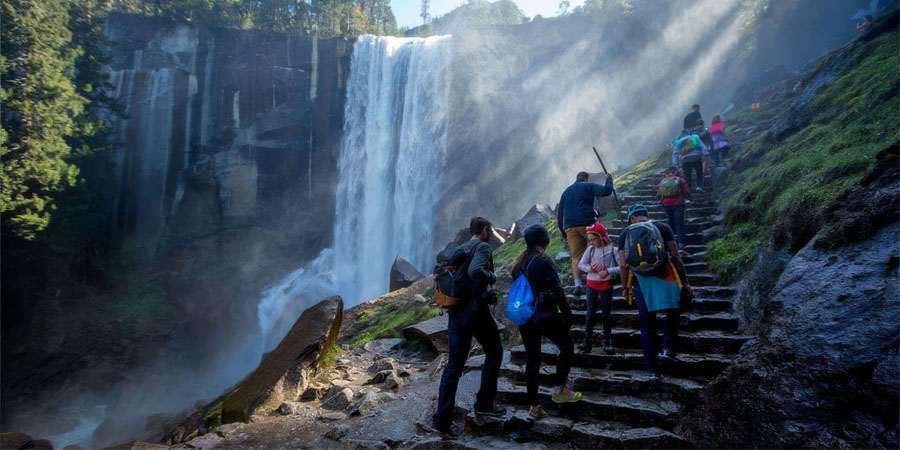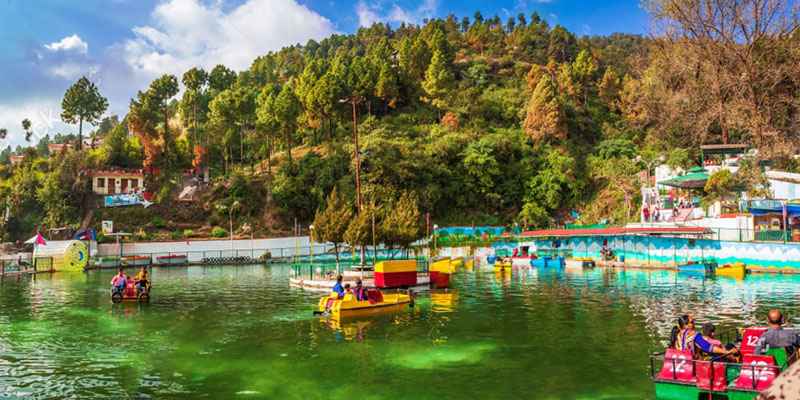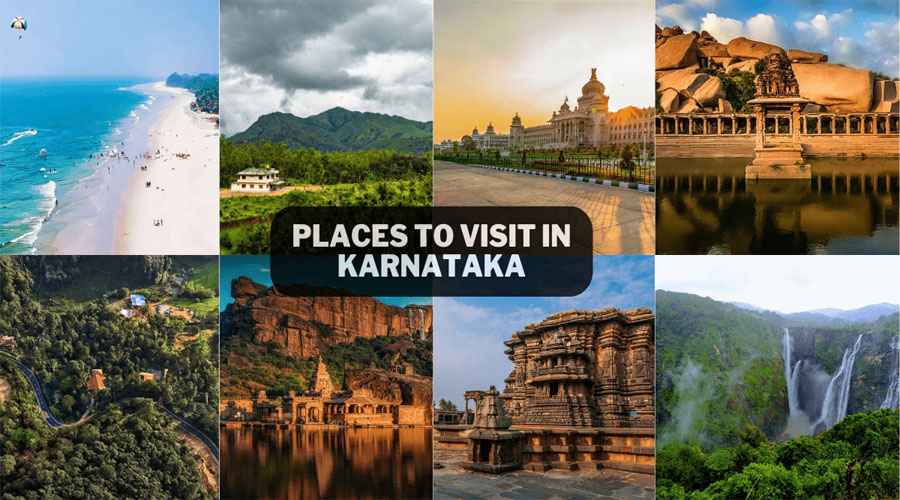India is home to some of the world’s most revered pilgrimage destinations, attracting millions of devotees and spiritual seekers every year. Rooted in centuries-old traditions, these sacred sites span diverse faiths, including Hinduism, Buddhism, Sikhism, Islam, and Christianity. Each destination offers a unique experience, blending architectural beauty, rich mythology, and profound cultural heritage. Here is an in-depth look at the Top 10 pilgrimage sites in India you must visit.
1. Varanasi, Uttar Pradesh
Varanasi, also known as Kashi or Banaras, is considered the spiritual capital of India. Situated on the banks of the sacred Ganges, it is believed to be one of the world’s oldest continuously inhabited cities. Devotees believe bathing in the Ganga here washes away sins and grants moksha (liberation from the cycle of birth and death). The city’s ghats, particularly Dashashwamedh and Manikarnika, are hubs for rituals, prayers, and evening Ganga Aarti ceremonies. The Kashi Vishwanath Temple, dedicated to Lord Shiva, is one of the most important Jyotirlingas in Hinduism.
2. Vaishno Devi, Jammu & Kashmir
Located in the Trikuta Hills, the Vaishno Devi shrine is among the most visited Hindu pilgrimage sites in India. Dedicated to Goddess Vaishno Devi, this temple requires a challenging 13-kilometer trek from Katra, though pony rides and helicopter services are also available. Devotees believe that the Goddess grants the wishes of all who visit her cave temple with faith. The scenic approach through the mountains and the spiritual energy surrounding the shrine make it an unforgettable experience.
3. Tirupati Balaji, Andhra Pradesh
Tirumala’s Sri Venkateswara Temple, popularly known as Tirupati Balaji, is dedicated to Lord Vishnu in his Venkateswara form. It is one of the richest and most visited temples in the world. Pilgrims often shave their heads here as an offering to the deity, symbolizing the surrender of ego. The temple’s laddu prasadam is world-famous, and the rituals performed follow ancient traditions that have been maintained for centuries.
4. Kedarnath, Uttarakhand
Situated in the Himalayan ranges at an altitude of 3,583 meters, Kedarnath is one of the 12 Jyotirlingas of Lord Shiva and a part of the Char Dham Yatra. Accessible only during the summer months due to extreme weather, the trek to the temple is a challenging spiritual journey. Surrounded by snow-capped peaks and the Mandakini River, the temple holds immense religious significance as it is believed to have been built by the Pandavas of Mahabharata fame.
5. Golden Temple, Amritsar, Punjab
The Harmandir Sahib, famously known as the Golden Temple, is the holiest site for Sikhs. Built in the 16th century, it stands as a symbol of equality and openness to all, irrespective of religion or caste. Its golden facade, surrounded by the Amrit Sarovar (sacred pool of nectar), creates a mesmerizing visual, particularly at sunrise and sunset. The langar (community kitchen) serves free meals to thousands daily, highlighting the Sikh tradition of selfless service (seva).
6. Bodh Gaya, Bihar
Bodh Gaya is one of Buddhism’s most important pilgrimage centers, where Lord Buddha attained enlightenment under the Bodhi tree. The Mahabodhi Temple Complex, a UNESCO World Heritage Sites, attracts pilgrims from across the world. Visitors engage in meditation, prayer, and chanting, creating a serene and spiritual atmosphere. The site also houses monasteries established by various Buddhist nations, making it a melting pot of cultures and traditions.
7. Ajmer Sharif Dargah, Rajasthan
The Ajmer Sharif Dargah is the resting place of the revered Sufi saint Khwaja Moinuddin Chishti. This 13th-century shrine attracts devotees from all faiths who come to seek blessings and peace. The annual Urs festival, commemorating the saint’s death anniversary, draws massive crowds and is marked by qawwali performances, special prayers, and communal harmony. The Dargah’s white marble structures and spiritual ambiance make it one of India’s most significant Islamic pilgrimage sites.
8. Shirdi, Maharashtra
Shirdi, the home of the saint Sai Baba, is a pilgrimage site that emphasizes messages of love, forgiveness, and selfless service. Sai Baba’s teachings continue to inspire millions of devotees regardless of religion. The Shri Sai Baba Samadhi Mandir is the main temple where the saint’s mortal remains rest. The site’s daily aarti sessions, community kitchens, and spiritual programs create a deeply devotional atmosphere.
9. Rameswaram, Tamil Nadu
Rameswaram holds immense religious importance in Hindu mythology, as it is believed to be the place where Lord Rama built a bridge to Lanka in the epic Ramayana. The Ramanathaswamy Temple here is famous for its magnificent corridors, intricately carved pillars, and the 22 sacred wells whose waters are considered purifying. Rameswaram is also one of the Char Dham pilgrimage destinations, symbolizing a journey to cleanse the soul.
10. Amarnath Cave, Jammu & Kashmir
Amarnath is a pilgrim site dedicated to Lord Shiva and is renowned for its naturally formed ice lingam, which is believed to symbolize Lord Shiva himself. Located at an altitude of around 3,888 meters, the journey to Amarnath Cave is both physically demanding and spiritually uplifting. The Amarnath Yatra, organized annually during July–August, witnesses thousands of devotees braving harsh terrain and weather to offer prayers.
Conclusion
India’s pilgrimage sites are more than just religious destinations; they are cultural treasures that embody the nation’s spiritual essence and diversity. From Himalayan shrines to coastal temples, every sacred place presents a blend of devotion, history, and architectural brilliance. Whether you seek spiritual fulfillment, historical insight, or cultural connection, these top 10 pilgrimage sites in India promise a transformative journey for every traveller.




